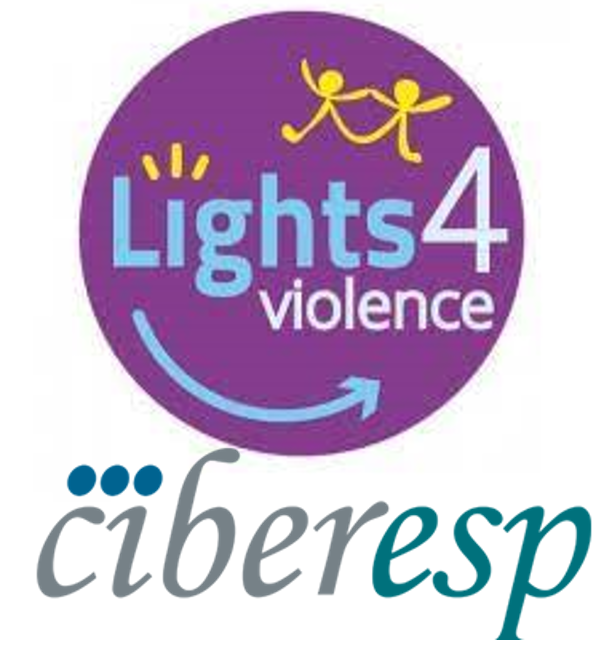
ISMAI team
As a window of opportunity for positive change, the Project Lights4Violence is based on one of the fundamental rights of the child: Participation.
Participation is one of the guiding principles of the Convention on the Rights of the Child. Specifically the article 12 of the Convention states that children have the right to participate in decision-making processes that may be relevant in their lives (United Nations Human Rights, 1989). The Project has a broad and in-depth interpretation of this principle involving children and young people in action. As UNICEF states, the right to participation requires a clear commitment and effective actions to become a living reality (UNICEF, 2018).
The lack of effective programs developed by schools integrating the participation of children and young people ends, in fact, as not surprising. In youth, relationship violence is often construed as a normal part of immature relationships. Dating relationships may be interpreted as part of the personal and private life of young people and may not be identified or prevented under this argument and may not even be in the spotlight. Despite the widespread appeal of prevention, strategies to deter the occurrence of relationship violence among youth have been slow to develop (Wekerle and Wolfe, 1999).
Most studies using statistical data on dating violence state, in a consensual way, that violence is acted upon and suffered by young people of similar ages, and both by girls and boys. These results challenge us for translating a difference between violence in dating relationships and relationships between adults. Thinking about this apparent generational difference based on age by locating violence in courtship or in a relationship of conjugality, it is very interesting to admit that those results may reflect a “contagion of aggression, whereby girls as well as boys adapt to their coercive environment by becoming more coercive themselves” (Wekerle and Wolfe, 1999:441). Therefore, the context influence makes even stronger the idea that violence is preventable.
Still, it is important to reflect upon another idea: that the participation of young people, involving themselves in the change, reveals a change of behavior that is very important to follow. Even in parental education, punitive methods continue to occupy an important place in regulating behavior (Bear, 2010) and, in schools, prosocial strategies may be lacking, including preventative planning and interactive repairs. Thus, it is important to focus on positive strategies and participative methods on the prevention of dating violence.
References:
Bear, George (2010).Discipline: Effective School Practices. Helping Children at Home and School III. S4H18. National Association of School Psychologists, 1-4.
Guzman, Lina, Ikramullah, Erum, Manlove, Jennifer, Peterson, Kristen, and Scarupa, Harriet (2009). Telling It Like It Is: Teen Perspectives on Romantic Relationships. Child Trends Research Brief 44, 1-8. Available at https://www.childtrends.org/wp-content/uploads/2009/10/Child_Trends-2009...
XXI Governo Constitucional (2017). Estratégia Nacional de Educação para a Cidadania. Available at http://www.dge.mec.pt/sites/default/files/ECidadania/Docs_referencia/est...
UNICEF (2018). Fact sheet: The right to participation. Available at https://www.unicef.org/crc/files/Right-to-Participation.pdf
United Nations Human Rights (1989). Convention on the Rights of the Child. General Assembly resolution 44/25 of 20 November 1989. Available at https://www.ohchr.org/en/professionalinterest/pages/crc.aspx
Wekerle, Christine and Wolfe, David (1999). Dating Violence in mid-adolescence: Theory, significance and emerging prevention initiatives. Clinical Psychology Review, 19, 4, 435–456.

Add new comment